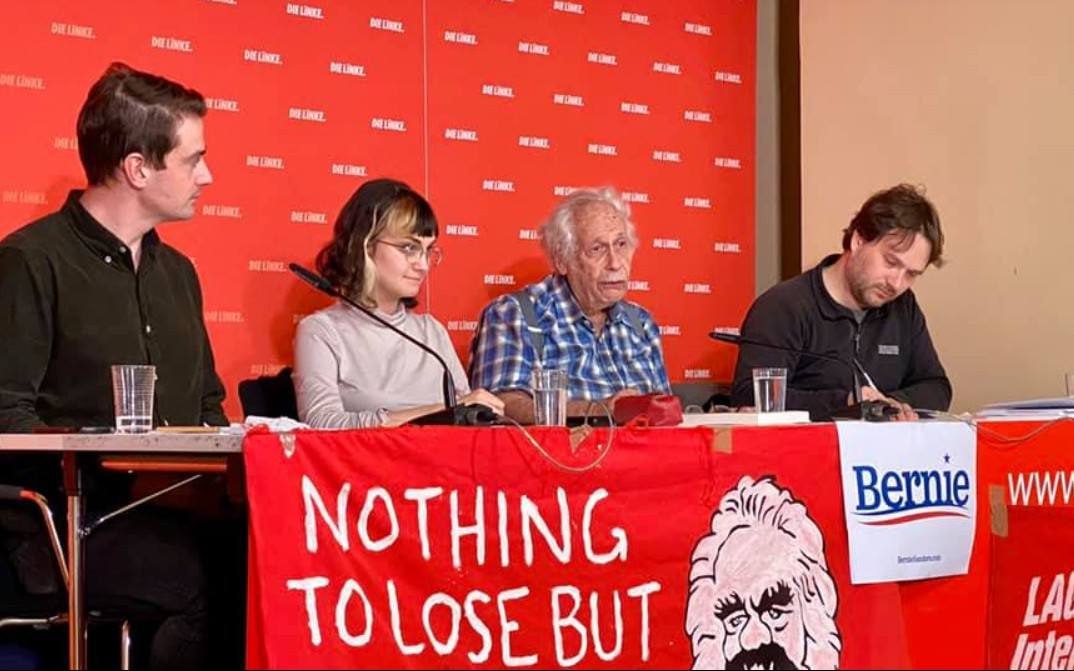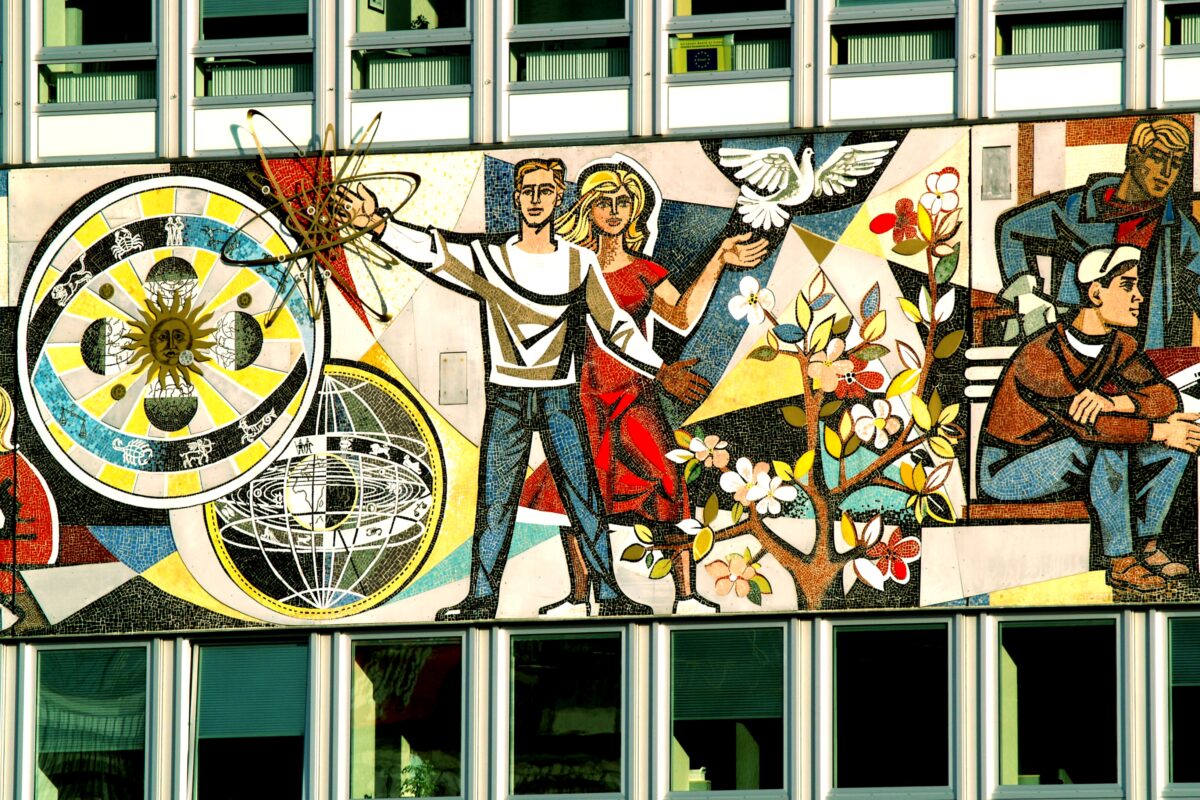Rebellious Daughters of History #40
by ,,Judy Cox

America Rising: Charlene Alexander Mitchell (1930)
Born in Cincinnati in 1930 in Ohio, Charlene migrated with her working-class family to Chicago. During the World War II, she grew up in the Frances Cabrini Housing Rowhouses and took classes at nearby Moody Bible Institutes.
When she was just 7, Charlene’s mother was ill so Charlene had to take food to her labour-activist father in prison. After several terrifying bus transfers, she arrived late and had to argue with guards to be allowed to see her dad. She later recalled, “I probably have been trying to be an organiser most of my life,” Charlene recalled in 1995
In 1943, at the age of 13, Charlene joined black and white teenagers in picketing segregated theatres and bowling allies. Charlene joined the American Youth for Democracy which staged sit-ins in ‘whites-only’ areas.
Charlene joined the Communist Party in 1946 aged 16. In 1955, she moved to Los Angeles and in 1957, at the age of 27, she became the youngest person ever elected to the CP’s National Committee. For the next thirty years, she remained a ranking Communist Party official.
In 1967 she founded the Che-Lumumba Club, an all-black, CPUsA club in Los Angeles through which Angela Davis joined the CP. Charlene became Angela’s mentor and her close friend.
Charlene was the executive director of the National United Committee to Free Angela Davis, helping to forge a broad Free Angela Davis movement which linked Davis’s case to demands for social justice, black liberation, women’s rights, free speech, peace, and Third World liberation.
Charlene recalled visiting London in 1960 and meeting Claudia Jones and Yusuf Dadoo, an Indian member of the Communist Party and a member of the Indian Congress of South Africa: “So to me, Africa opened its doors, to me, more as part of the movement and solidarity with us as we were with them. And I kind of always saw that as an equal thing, because I would learn so much from it”.
Charlene was one of the party’s most influential leaders during the 1950s and 1960s, developing the party’s links with African American labour activists and pushing for a engagement with Third World liberation movements.
Charlene traveled widely and met various African liberation movement leaders, most notably Amilcar Cabral of the African Party for the Liberation of Guinea-Bissau and Cape Verde.
Charlene was the CP candidate in the Election of 1968, the first African-American woman to run for President of the US.
In 1988, she ran as an Independent Progressive for U.S. Senator from New York against the incumbent Daniel Patrick Moynihan. He was re-elected by a large margin.
As of 2006, Mitchell was active in the Committees of Correspondence for Democracy and Socialism (CCDS), an independent offshoot of the Communist Party.

Rebellious Mother and Daughter of History: Esther Georgia Irving Cooper (1881–1970) and Esther Cooper Jackson (1917 – )
Esther was born in Cleveland, Ohio. Her parents were former slaves. Esther taught English and she founded and became president of the Arlington County branch of the National Association for the Advancement of Colored People. In 1942, she joined the executive board of the Virginia State Conference of the NAACP which challenged racial inequalities in the county’s high schools. This culminated in Carter v. School Board of Arlington County, when courts ruled that segregated schools constituted unlawful racial discrimination.
Esther senior was also a member of the Southern Conference for Human Welfare. She registered voters and campaigned to end voting poll taxes.
Esther married George Posea Cooper in 1913, and they had three daughters. One daughter was Esther Cooper Jackson.
Esther junior attended segregated schools but went on to study at Oberlin College and to earn a master’s degree in sociology from Fisk University in 1940. Her 1940 thesis was “The Negro Woman Domestic Worker in Relation to Trade Unionism.”
She joined the Southern Negro Youth Congress where she met her future husband James Jackson, a Communist and trade union activist. Together, they fought to desegregate transport and promote the rights of Blacks and poor whites.
In 1942, 23 year old Esther delivered the opening address of the Fifth All-Southern Negro Youth Conference in Alabama. She focused special attention on black women, who were central to “the preservation of democracy in the world.” Black women’s freedom was critical to defeating Jim Crow, fascism, and colonialism.
In 1952, she moved to New York City and joined the American Communist party. In 1961, she became editor of Freedomways, the central theoretical journal of the 20th century black arts and intellectual movement in the United States. Esther called it, “a tool for the liberation of our people.”
The Jacksons faced persecution during the McCarthy years but continued to be active in the Civil Rights Movement. Esther played an important role in the Free Angela Davis Campaign. She never stopped campaigning for social change.
James Jackson died in 2007 aged 92. Esther celebrated her 101 birthday and, as far as I can discover, is still alive.



